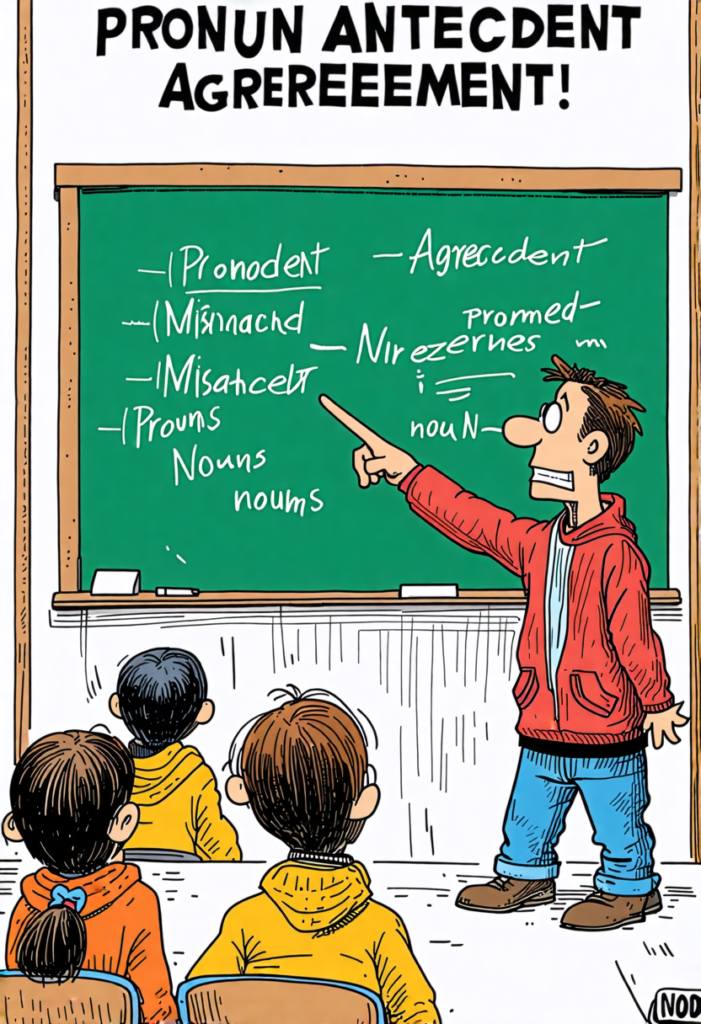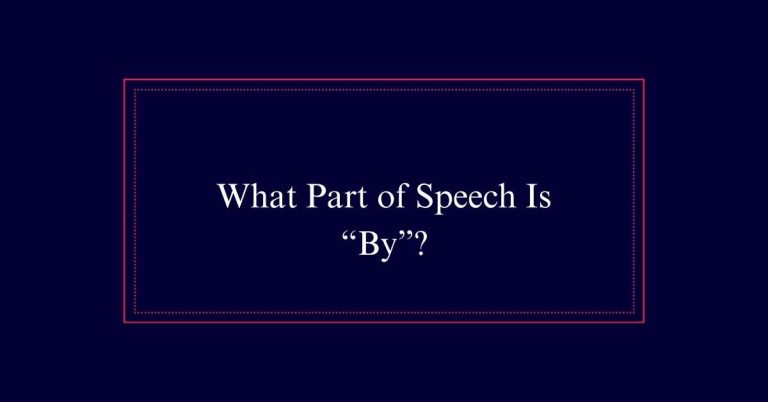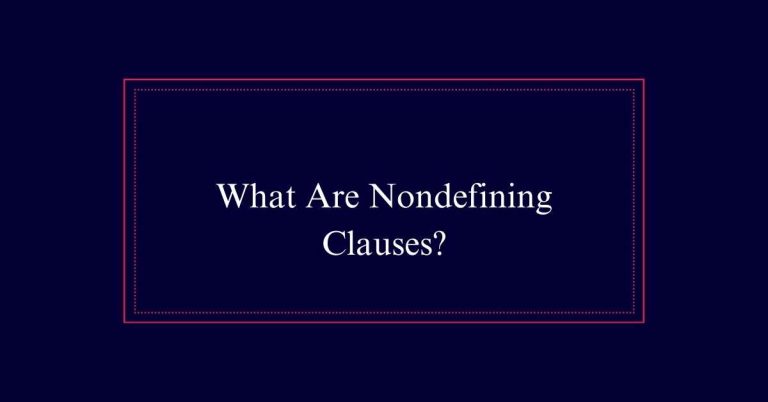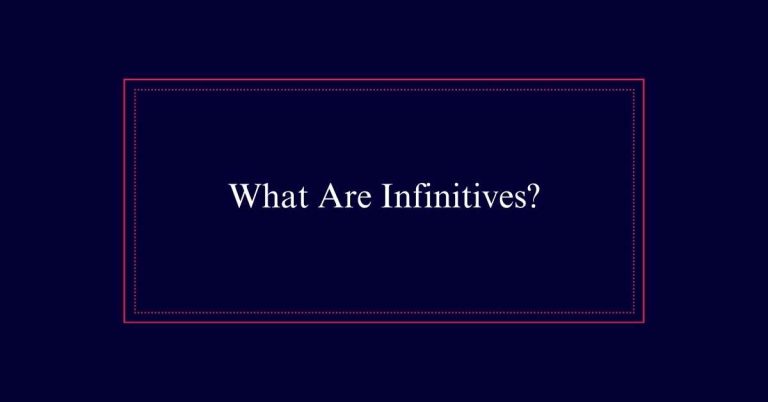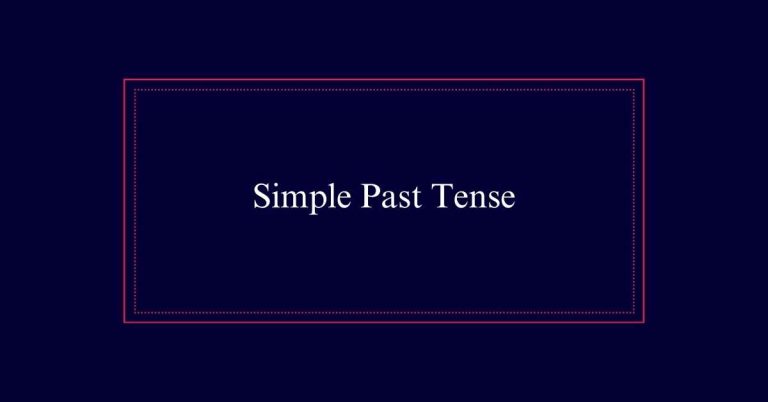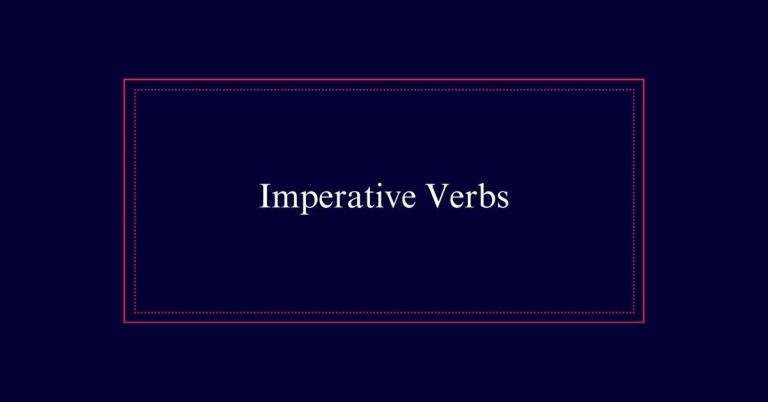What is pronoun-antecedent agreement?
Pronoun-antecedent agreement is a key grammar rule where pronouns must align with their antecedents in number, gender, and person. This alignment guarantees clarity and avoids confusion. Singular antecedents need singular pronouns (e.g., ‘each student brought his or her book’), while plural antecedents require plural pronouns (e.g., ‘the students brought their books’). Using gender-neutral pronouns like ‘they’ promotes inclusivity and accuracy. Adhering to these rules enhances readability and professionalism in writing.
Importance of Clarity
Clarity in writing is important to guarantee that readers easily comprehend the intended message. Pronoun-antecedent agreement is essential for achieving this clarity.
When pronouns agree with their antecedents, sentences become easier to understand. This agreement minimizes confusion and eliminates ambiguity, allowing readers to follow the text smoothly. It also showcases the writer’s grammatical proficiency, enhancing the overall quality of the writing.
Ensuring that singular pronouns match singular antecedents and plural pronouns match plural antecedents is key. Additionally, using gender-neutral pronouns when necessary helps in maintaining clarity. Consistency throughout the text is crucial to keep the reader engaged and informed.
Understanding Pronouns
Pronouns are words that take the place of nouns to avoid repetition and simplify sentences. They make writing more efficient and easier to read.
Common pronouns include ‘he,’ ‘she,’ ‘it,’ ‘they,’ ‘we,’ and ‘you.’ Pronouns must agree with their antecedents in number, gender, and person. This means if the antecedent is singular, the pronoun must also be singular. If the antecedent is plural, the pronoun must be plural. Gender-specific pronouns like ‘he’ or ‘she’ should match the antecedent’s gender.
Pronouns can be subjective (I, we), objective (me, us), or possessive (my, our). Correct pronoun usage guarantees clarity and coherence in writing, preventing misunderstandings. Proper understanding of pronouns is essential for mastering pronoun-antecedent agreement.
Identifying Antecedents
To master pronoun-antecedent agreement, identifying antecedents correctly is a fundamental step. An antecedent is the noun that a pronoun refers to. It must be clear and specific to guarantee proper understanding. Misidentifying or overlooking antecedents can lead to confusion and ambiguity in writing.
Consider the following examples:
- ‘The teacher gave her students homework.’ (Antecedent: teacher)
- ‘When the dog saw the cat, it ran away.’ (Antecedent: dog)
To effectively identify antecedents:
- Read sentences carefully to spot the noun a pronoun replaces.
- Assure clarity by avoiding vague references.
- Check pronoun placement within the sentence.
- Avoid ambiguity by ensuring each pronoun has a clear antecedent.
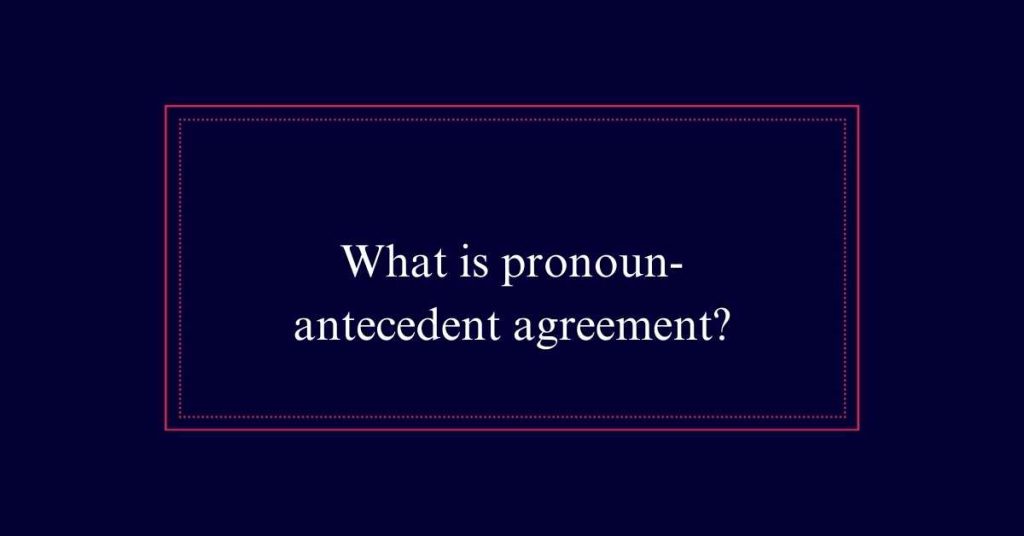
Singular Vs. Plural
Understanding the difference between singular and plural forms is essential for maintaining pronoun-antecedent agreement. Singular antecedents require singular pronouns, while plural antecedents need plural pronouns.
For example, ‘The cat licked its paw’ uses a singular antecedent and pronoun. Conversely, ‘The cats licked their paws’ uses plural forms. Errors arise when writers mix these forms, leading to confusion.
For instance, ‘Each student must bring their book’ is incorrect because ‘each student’ is singular, necessitating ‘his or her’ instead. Consistency is key. Always identify whether the antecedent is singular or plural.
This practice guarantees clarity in writing and avoids misunderstandings. Proper pronoun-antecedent agreement reflects grammatical proficiency and enhances communication.
Gender-Neutral Pronouns
In addition to ensuring singular and plural agreement, it is important to use gender-neutral pronouns to promote inclusivity and respect in writing. Gender-neutral pronouns help acknowledge and respect individuals who do not identify strictly as male or female. They can be used to avoid assumptions about someone’s gender. Common gender-neutral pronouns include ‘they/them,’ ‘ze/zir,’ and ‘xe/xem.’
Using these pronouns correctly fosters a more welcoming environment. It also demonstrates awareness and sensitivity towards gender diversity. Consider the following benefits of using gender-neutral pronouns:
- Inclusivity: Makes all individuals feel valued.
- Respect: Shows consideration for people’s identities.
- Clarity: Avoids assumptions and potential misgendering.
- Modernity: Reflects current social norms and awareness.
Avoiding Vague References
Clear writing demands that pronouns have unmistakable antecedents to prevent ambiguity. When a pronoun’s reference is unclear, it causes confusion for the reader.
For example, in the sentence ‘When Jane met Sarah, she was excited,’ it is unclear who ‘she’ refers to. To avoid vague references, always make sure the pronoun clearly matches its antecedent. Rewriting the sentence to ‘Jane was excited when she met Sarah’ provides clarity.
Additionally, avoid using pronouns like ‘it,’ ‘this,’ or ‘which’ without a clear antecedent. Instead, specify the noun to maintain clarity. By following these guidelines, you guarantee that your writing is precise and easily understood, enhancing overall communication effectiveness.
Common Mistakes
Despite the benefits of maintaining consistency in writing, common mistakes in pronoun-antecedent agreement frequently occur.
One frequent error is pairing singular antecedents with plural pronouns, such as ‘Each student must bring their book.’
Another common mistake is using vague pronouns that do not clearly refer to a specific antecedent, leading to confusion.
Writers also often switch between singular and plural pronouns within the same sentence or paragraph, disrupting the flow.
Overusing pronouns without sufficient context can further obscure meaning.
In complex sentences, maintaining agreement can be challenging, especially when multiple antecedents are involved.
Careful proofreading and attention to detail are essential to avoid these pitfalls and ensure clarity in writing.
Correct Examples
Proper pronoun-antecedent agreement can be illustrated through several straightforward examples. These examples help guarantee clarity and precision in writing.
Consider the following:
- *The dog wagged its tail.*
- *The students completed their assignments.*
- *Each employee must submit his or her report.*
- *The team celebrated its victory.*
These sentences show correct alignment between pronouns and their antecedents. Singular antecedents match with singular pronouns, while plural antecedents pair with plural pronouns.
This agreement removes ambiguity and enhances the flow of the text. By following these examples, writers can avoid common mistakes and demonstrate grammatical proficiency.
Ensuring pronoun-antecedent agreement is crucial for clear and effective communication.
Practice Exercises
Now that we have reviewed correct examples, let’s move on to some practice exercises to reinforce your understanding of pronoun-antecedent agreement.
Begin by rewriting sentences to guarantee pronouns and antecedents match. For instance, change ‘The committee made their decision’ to ‘The committee made its decision.’
Next, identify antecedents in given paragraphs. This will help you see how pronouns relate to their antecedents.
Create sentences that use appropriate pronouns for singular and plural antecedents. Practice distinguishing between singular and plural antecedents.
